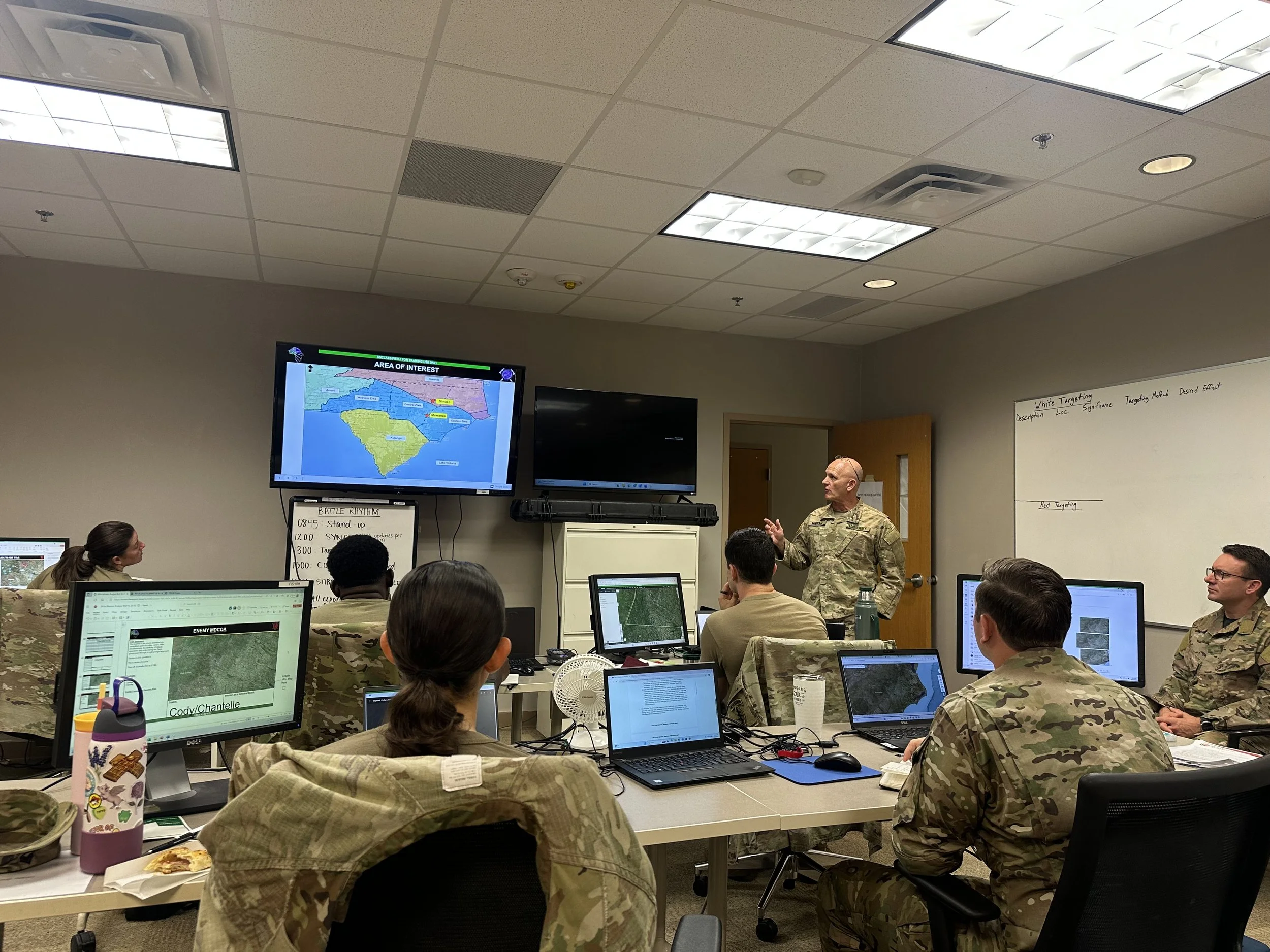Adam Day advances a nearly unthinkable contention with his book States of Disorder, Ecosystems of Governance: failing states are not actually in disorder. Instead, he argues that failing states demonstrate a different kind of self-organization and that persistent instability is, in fact, the success of system organization—just a system oriented toward instability instead of stability.
The Power of Civ-Mil Partnerships in Fragile State Development: A CSIS Panel Discussion Featuring Motive CEO Morgan Keay
In May 2017, Motive CEO Morgan Keay was a featured panelist at the Center for Strategic and International Studies (CSIS) at an event entitled “The Role of Multi-Sector Partnerships in the New Development Era.” CSIS hosted this half-day event at the start of the Trump Administration when U.S. foreign assistance budgets faced significant cuts. The panel Morgan spoke on was asked to explore creative options to better leverage capital – financial or otherwise – through cross-sector partnerships, specifically in conflict-affected and fragile states.
Opening her remarks with the statement, “Conflict affects all sectors of society and therefore takes all sectors of society to address." Morgan confronted an idea considered to be heretical by many in the international development and diplomacy communities: expanded partnerships with the military can advance development and humanitarian goals. To make the case, Morgan offered a story about a real-world case study: a World Bank-funded road construction project through the heart of extremist-affected territory in West Africa’s Lake Chad Basin. This example illustrates what happened when local civil society, the host country’s military, and the U.S. military came together around a violence-plagued infrastructure project to transform human security in the region.
Shaping Authority in the Human Domain: Transforming Civil Affairs’ Aperture on Governance.
The term ‘governance’ recently re-emerged across the Civil Affairs Regiment, appearing on new Mission Essential Task Lists in the SOF component, in updated regiment-wide doctrine and publications and as a reinvigorated topic of concept and capability development.01 Governance is not new to CA. The regiment’s roots are in Military Government in post-World War I and World War II theatres, and more recently in state-building endeavors, including in Iraq and Afghanistan. Indeed, images of CA forces executing technocratic, essential service projects in support of governments-in-transition is often the first image that comes to mind when one thinks of governance in the military context. This image is problematic.
From Precedent, Possibility: New Models for "Whole of Society" Foreign Policy
Fragile and conflict-affected regions of the world threaten not only U.S. national security, but the stability and prosperity of markets and society. If we accept that governments, businesses, and citizens all stand to gain by addressing global crises, then a “whole-of-society” approach to U.S. foreign policy should be the norm. Yet in practice, full-spectrum, civil-military (civ-mil), public-private collaboration remains ad hoc and sub-optimized. This is especially true for U.S. engagements in the world’s trickiest places, namely fragile and conflict-affected regions. With the Trump Administration still forming its global strategies and re-shaping how resources and roles are arranged for U.S. foreign policy, comes an opportunity to re-imagine how stakeholders collaborate in countries facing crises. In light of proposed foreign assistance cuts, an expanding defense budget, and a more commercially-inclined Administration, civilian, military, public, and private actors may in fact have no choice but to leverage their comparative advantages like never before.








